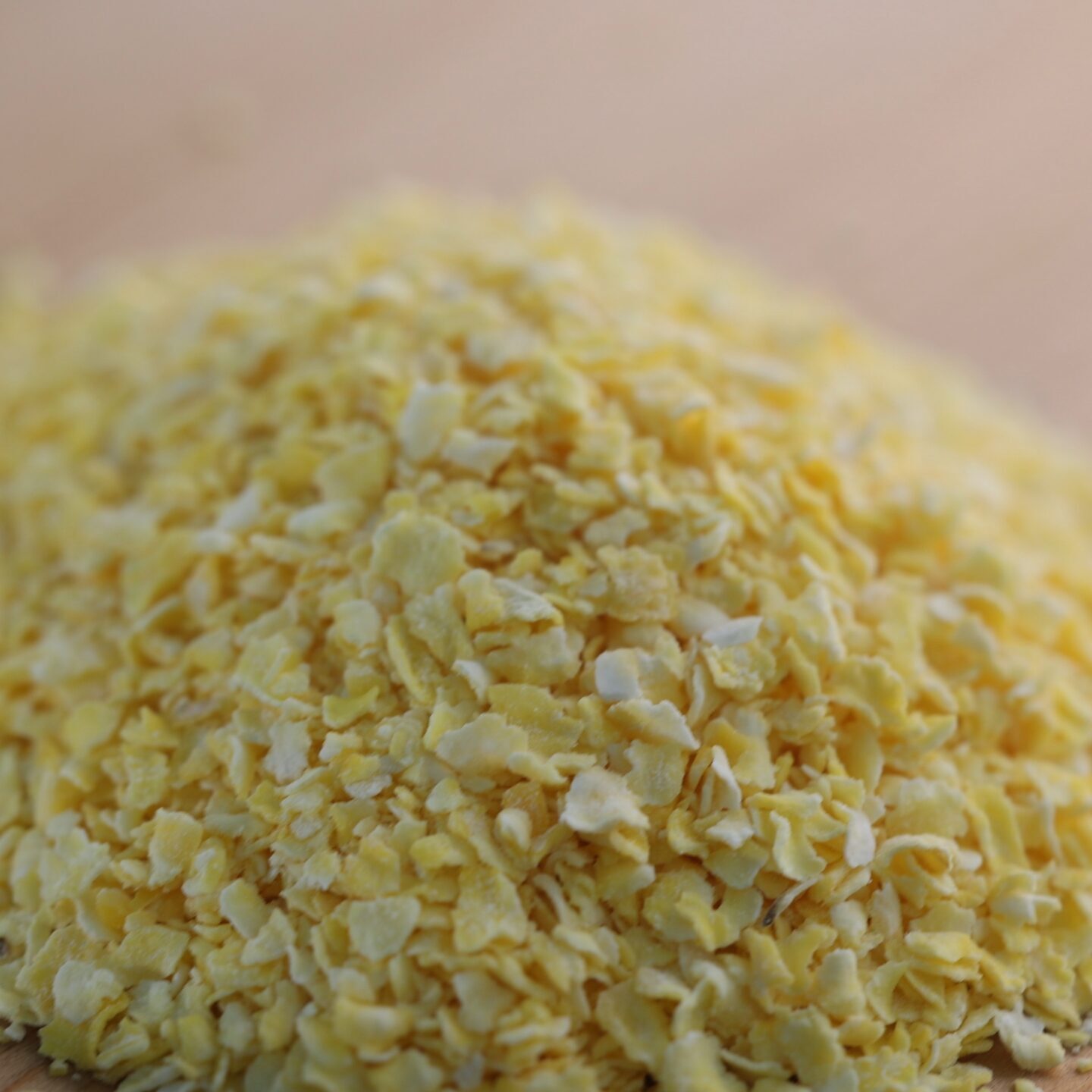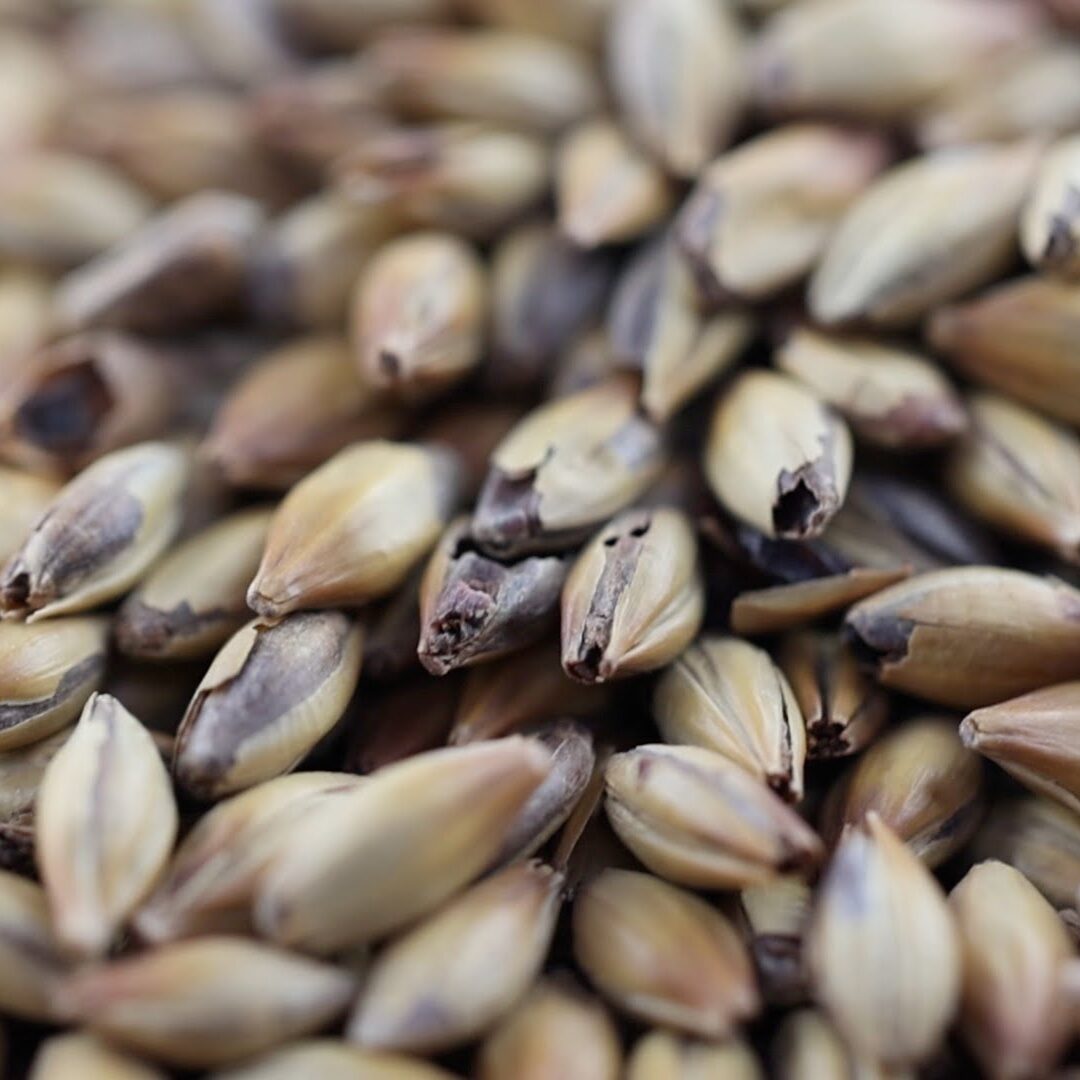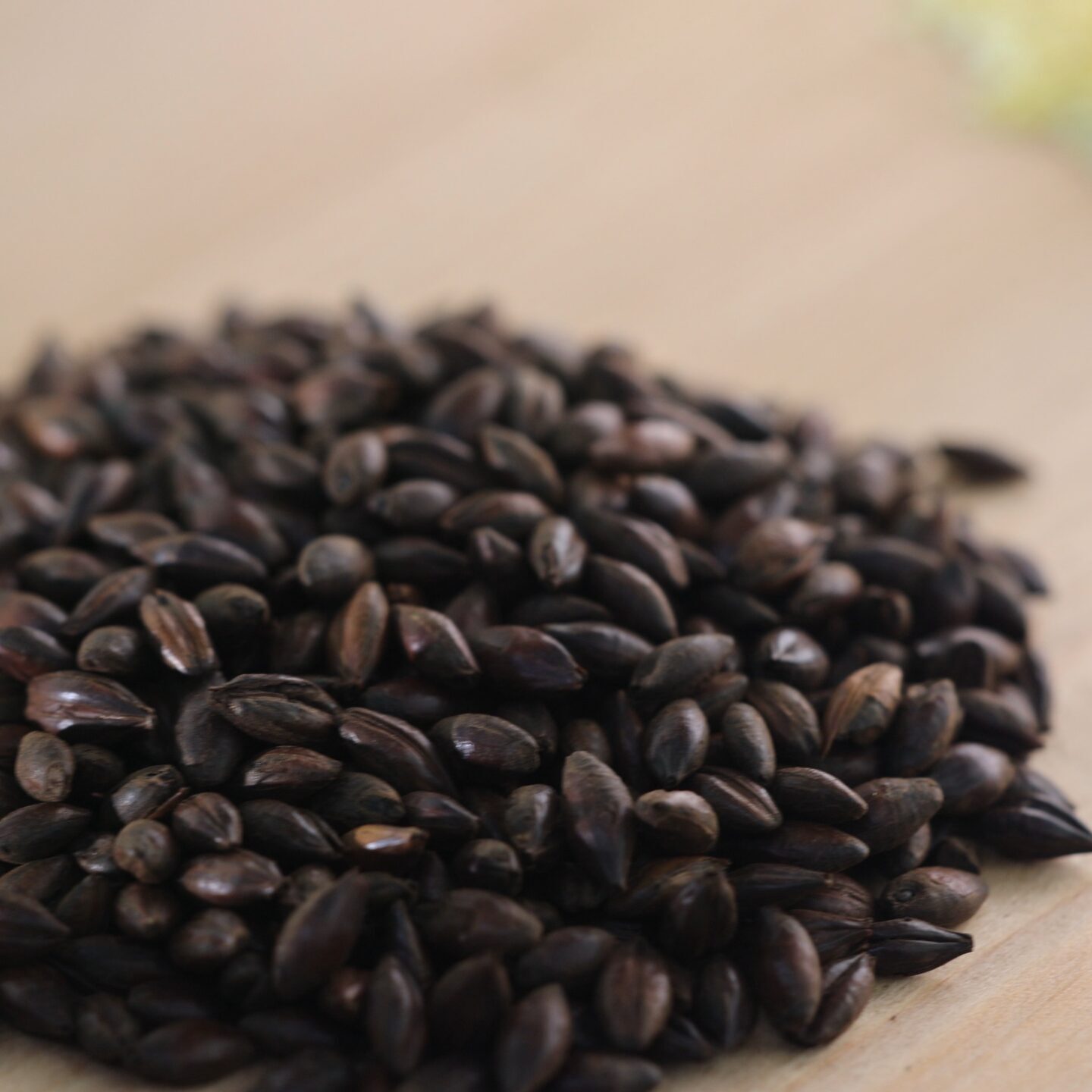What is a Mash Bill?
A mash bill is the secret recipe that brings a whiskey to life, defining its character and flavor profile. It's a carefully selected combination of grains that set the stage for the unique taste experience that awaits in every bottle.


Grains
Imagine a symphony of grains, each playing a distinct role in shaping the whiskey's personality. The primary grains used in mash bills include barley, corn, rye, and wheat. Each grain adds its own distinct flavors, aromas, and textures to the final product.
Why Does Grain Matter?
Corn, for example, brings a smooth sweetness and richness to bourbon, while rye adds a bold spiciness that tantalizes the palate. Barley often contributes depth and complexity, while wheat lends a soft and mellow character.

Blending
The magic in the blending process lies in the artful balance of these grains. Distillers and blenders carefully select the proportions of each grain to create a harmonious blend of flavors. It's a delicate dance where the skill of the master distiller shines through, crafting a mash bill that delivers a truly remarkable whiskey.
Types of Whiskey
The mash bill not only influences the taste but also plays a role in determining the style of the whiskey. For instance, a high percentage of corn in a mash bill is a defining characteristic of bourbon, while a dominance of malted barley is often associated with Scotch whisky.


Flavors
Exploring different mash bills opens up a world of flavor possibilities. From the bold and spicy to the smooth and subtle, there's a mash bill to suit every palate. Whether you prefer the robustness of rye-forward whiskeys or the elegance of wheat-driven expressions, understanding the mash bill helps you navigate the vast and diverse landscape of whiskey.